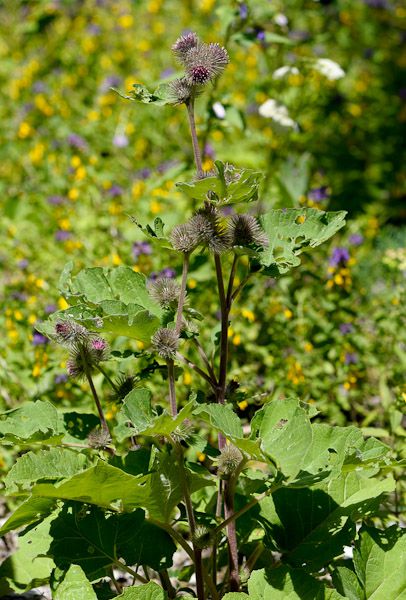-
 Password
Password
-
 M32
M32
-
 Internal tide
Internal tide
-
 Gypsum
Gypsum
-
 Hyponatraemia
Hyponatraemia
-
 Valence band
Valence band
-
 Cuneiform
Cuneiform
-
 Tautomerism
Tautomerism
-
 Windows Vista
Windows Vista
-
 M36
M36
-
 Doppler
Doppler
-
 Stimulated emission
Stimulated emission
-
 Palmate
Palmate
-
 Conglomerate
Conglomerate
-
 Crabeater seal
Crabeater seal
-
 Necrophagous
Necrophagous
-
 Antiseptic
Antiseptic
-
 Linux
Linux
-
 Lactitol
Lactitol
-
 Balneotherapy
Balneotherapy
-
 Bell pepper
Bell pepper
-
 Swell
Swell
-
 Prevention
Prevention
-
 Annual parallax
Annual parallax
-
 Vocal cord
Vocal cord
-
 Myelin
Myelin
-
 Alanine
Alanine
-
 Giant planet
Giant planet
-
 Cross-talk
Cross-talk
-
 RIPE-MD
RIPE-MD
Burdock
Burdock is a very common plant throughout the northern hemisphere. It is usually found on roadsides or in clearings. It is also called "giant burdock or&nbsp "scalp grass" and like artichoke belongs to the Asteraceae family. It is particularly useful for its properties to treatacne.
Burdock has a stem which may reach a metre in height and has finely jagged large leaves. Its flowers are grouped together at the tip of the stem and are red or purple-violet, which contrasts with a greyish coloured root. The root is harvested in July just before the plant flowers. This is used for its medicinal properties in the same way as burdock leaves which are also often combined with wild pansy or nettle to soften their bitter taste in infusions.
Burdock, a plant with many properties
The burdock leaf is particularly used to treat pruritus (itching), chapping, grazes, cracked skin and insect bites. In this case it is used as a cream, lotion or ointment for topical application. The root is recommended to treat some cutaneous conditions particularly those such asacne, which develop mostly on greasy skins.
Burdock is also believed to act against infections which develop at the base of the hair and in the sebaceous gland (pilosebaceous infections), such as boils. It is also used to treat whitlows. In addition, as it has a diuretic, purgative effect, it is used to promote urinary and bowel excretion. The root is rich in sugars and is used as in infusions, extracts or capsules. Note also that burdock does not carry any risks of toxicity to adults. It is not however recommended for children under 15 years old.
Source: Phytothérapie, la santé par les plantes, Editor Vidal
 Burdock, is it effective against acne? © F. Le Driant /FloreAlpes.com
Burdock, is it effective against acne? © F. Le Driant /FloreAlpes.com
Latest
Fill out my online form.



